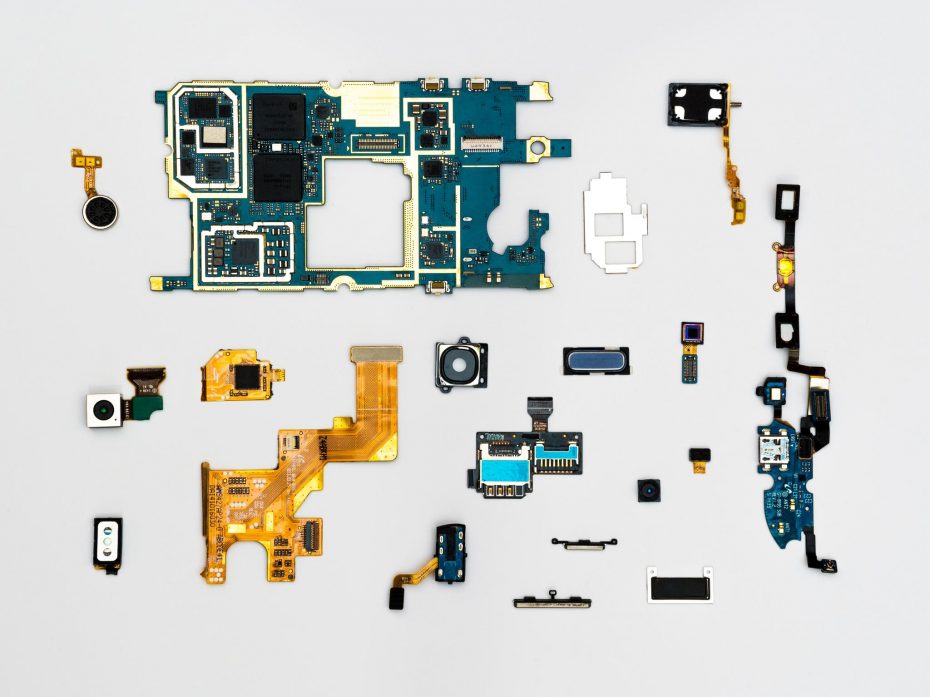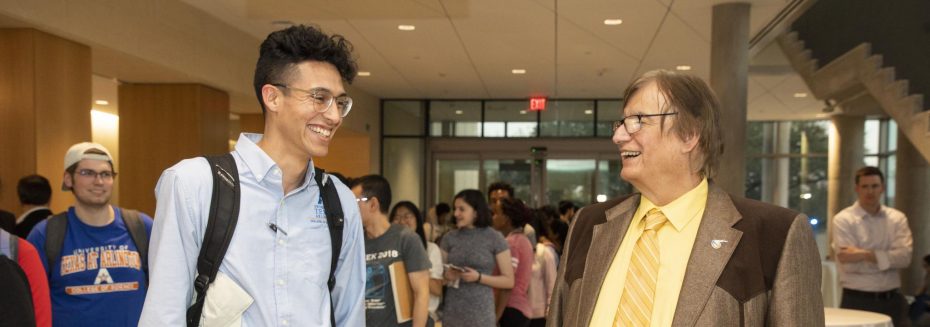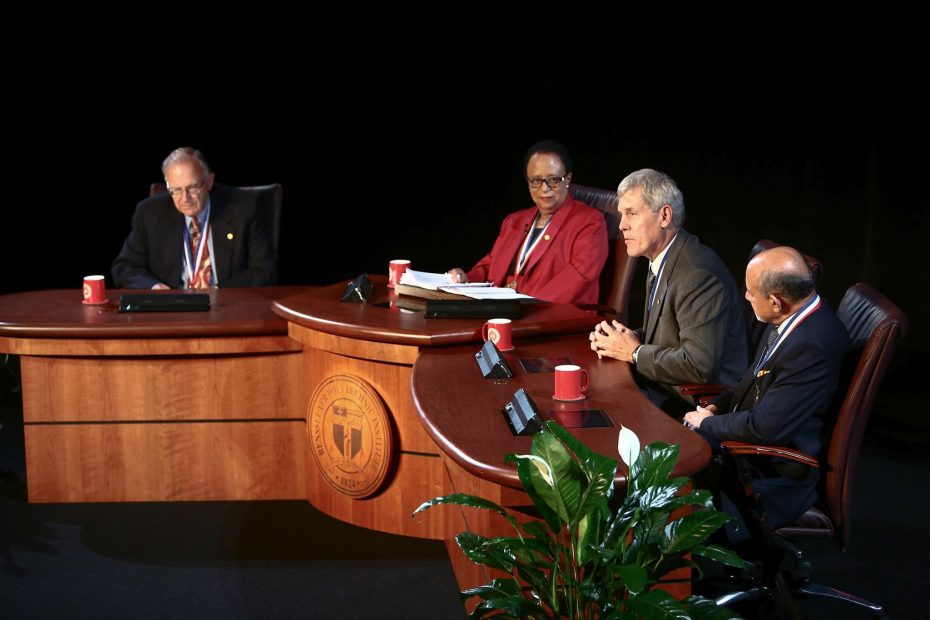It should come as no surprise that the Massachusetts Institute of Technology is known worldwide as an acclaimed scientific powerhouse.
The Cambridge-based private research university simply “vibrates science and technology,” according to Ian Waitz, dean of the School of Engineering. Of the entire undergraduate student population, more than 90 percent are studying engineering or science, he says, noting that the institution takes pride in celebrating those fields.
It’s perhaps that warm embrace for science and technology that has attracted some of the best and brightest students. Over the last several decades, 62 graduates of MIT – including Shirley Ann Jackson and Cato Laurencin – have gone on to win the National Medal of Science and the National Medal of Technology and Innovation – the second most of any university in the country. Of those medals, about one-third were awarded for work in engineering.

The school as a whole has an intense focus on and appreciation for science and technology, Waitz says, noting that the event that sells out the school’s largest venue the fastest each year is a senior year project presentation for mechanical engineering students.
“It’s not a sporting event, or a musical show, or something like that,” Waitz says. “There’s a strong flavor to a lot of the work that relates to science and technology. Part of it is the culture of MIT.”
But one thing that sets MIT’s engineering school apart, according to Waitz, is its spectrum of focuses, from applied science to research and inventions that have very practical implications. That value is reflected in MIT’s motto: “Mens et Manus,” which is Latin for “Mind in Hand.”






